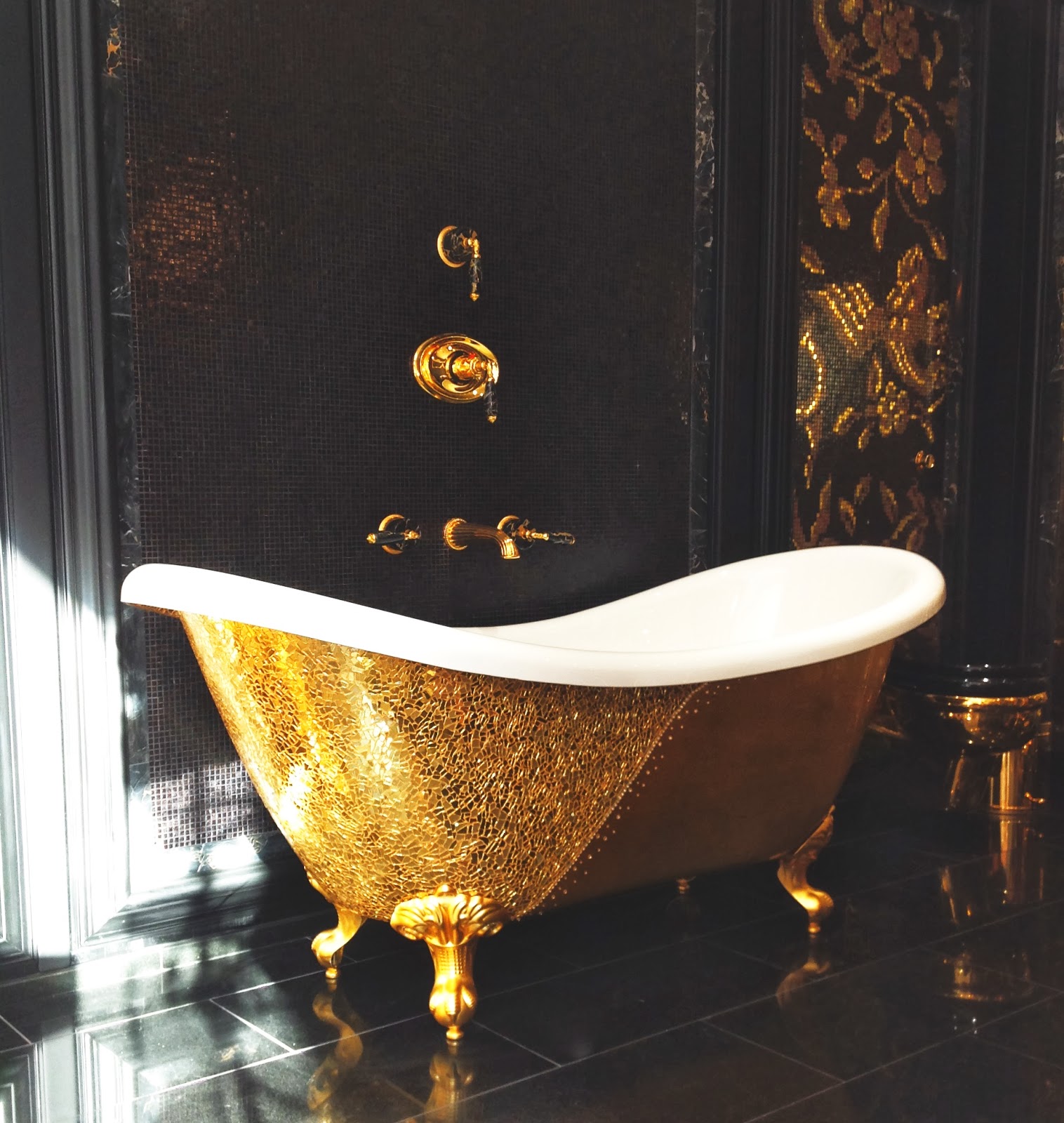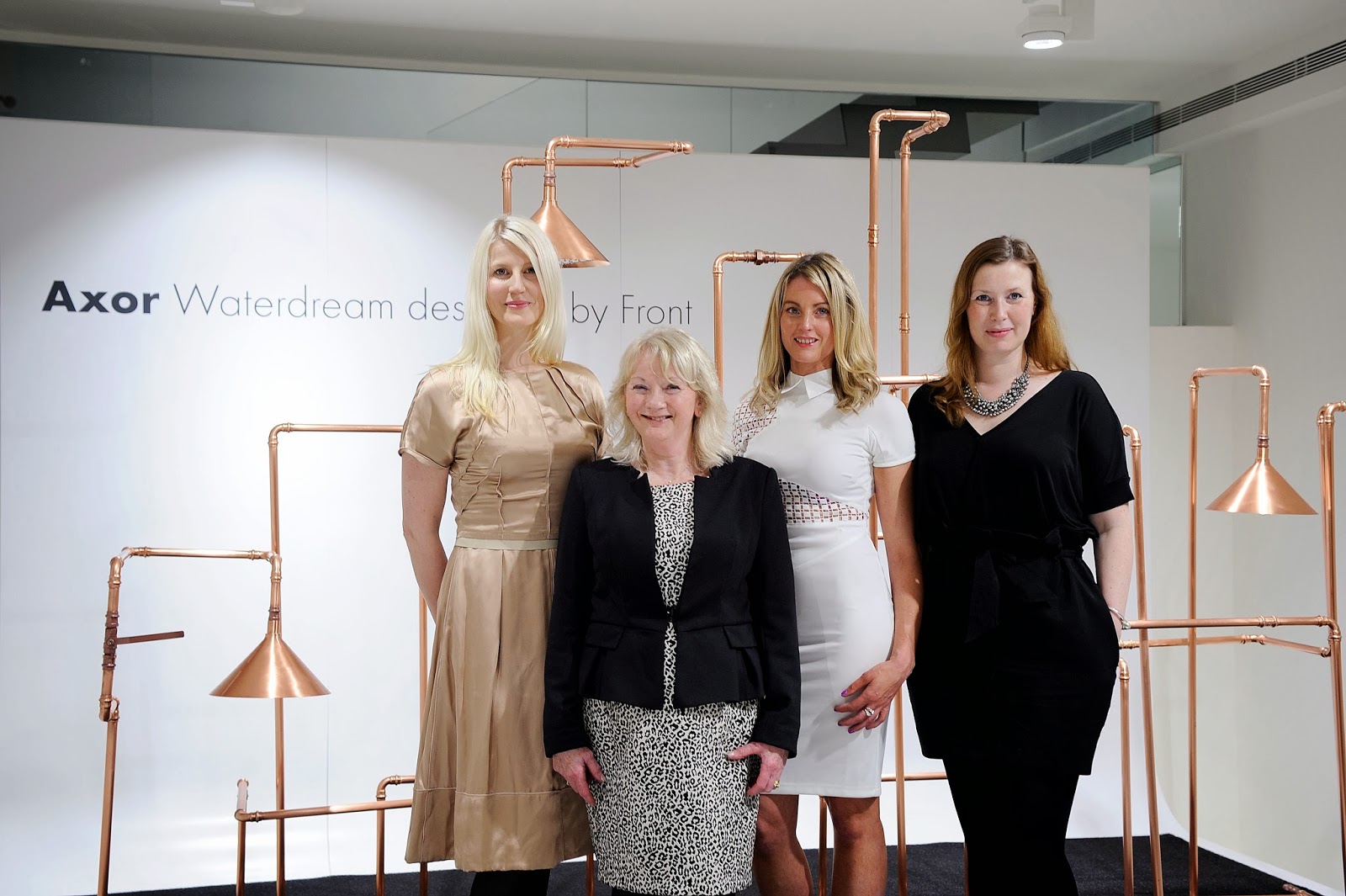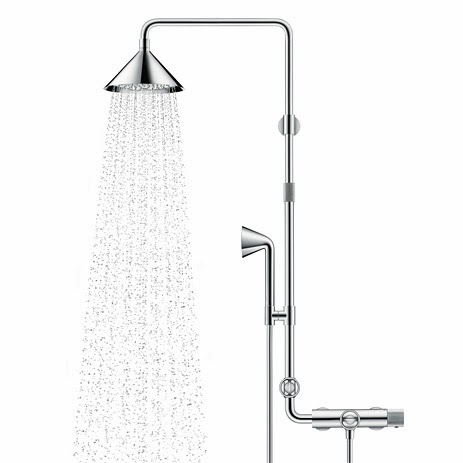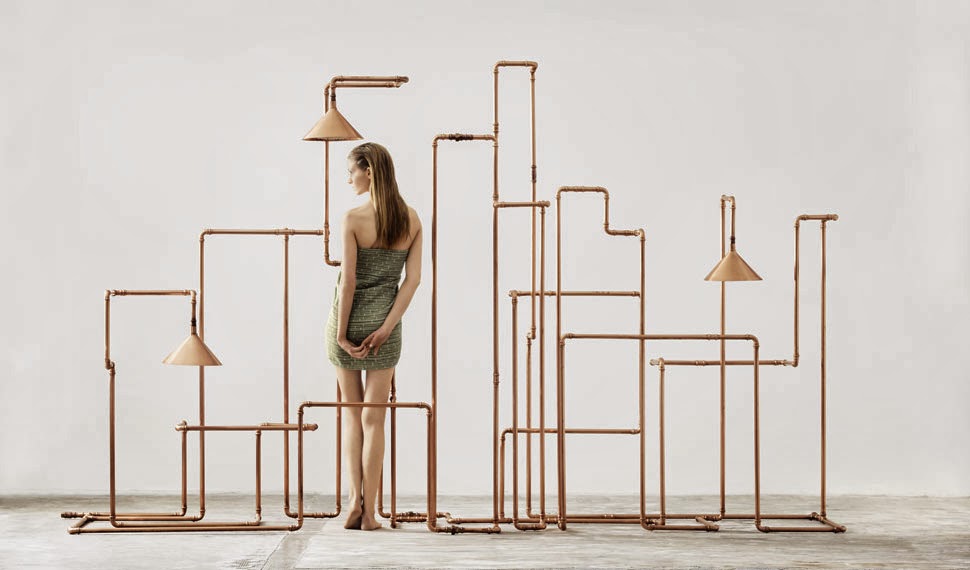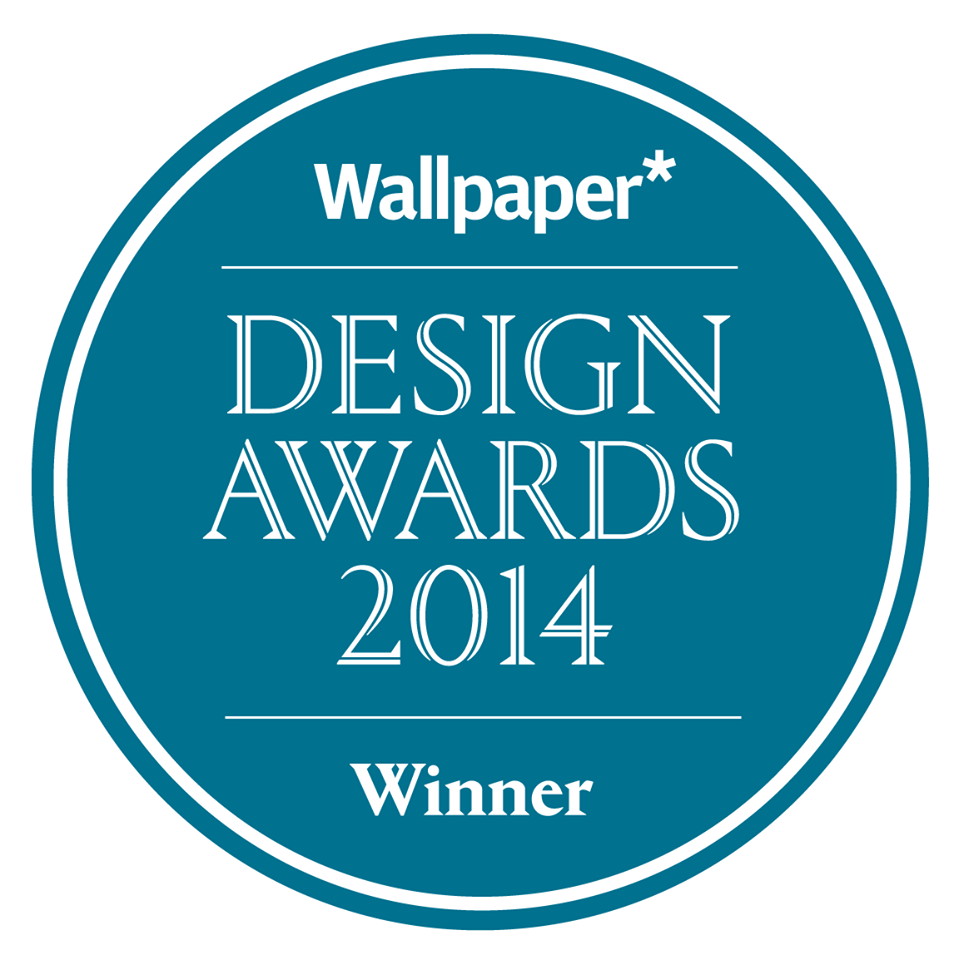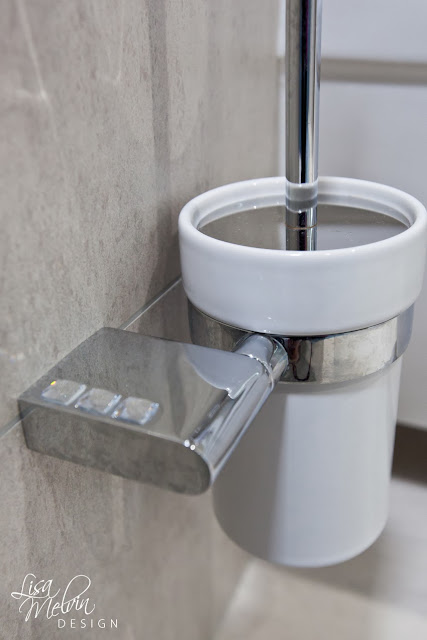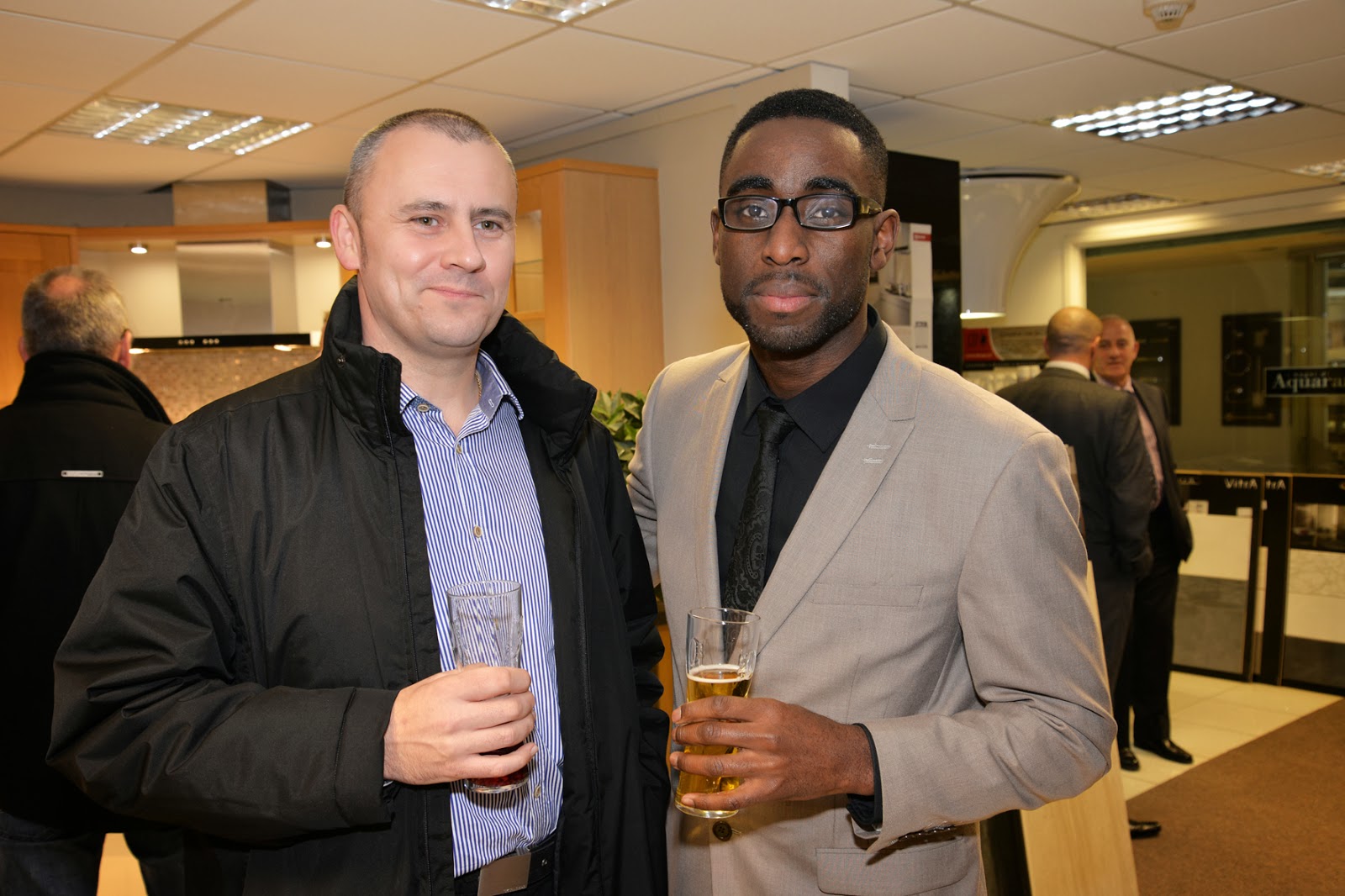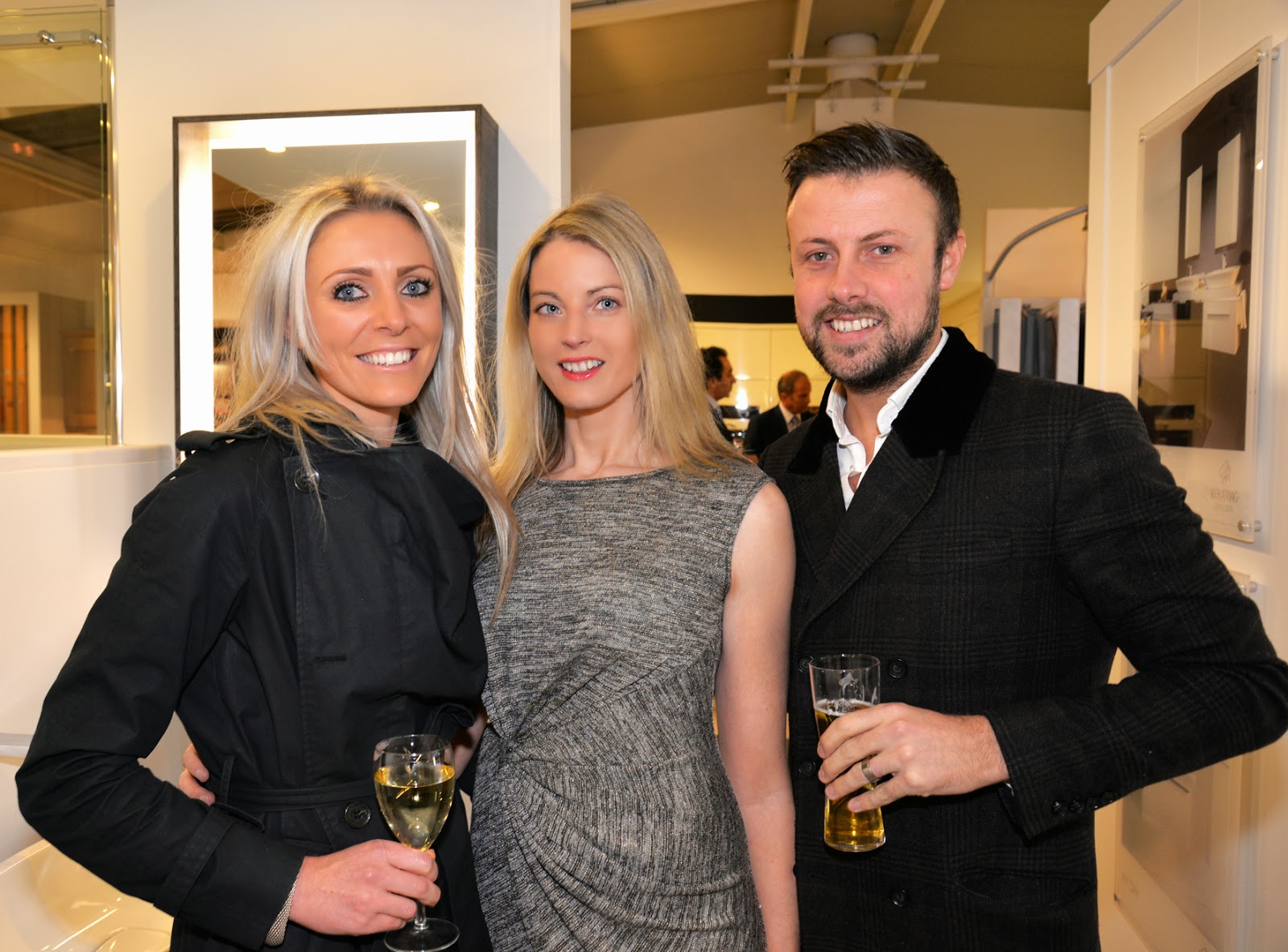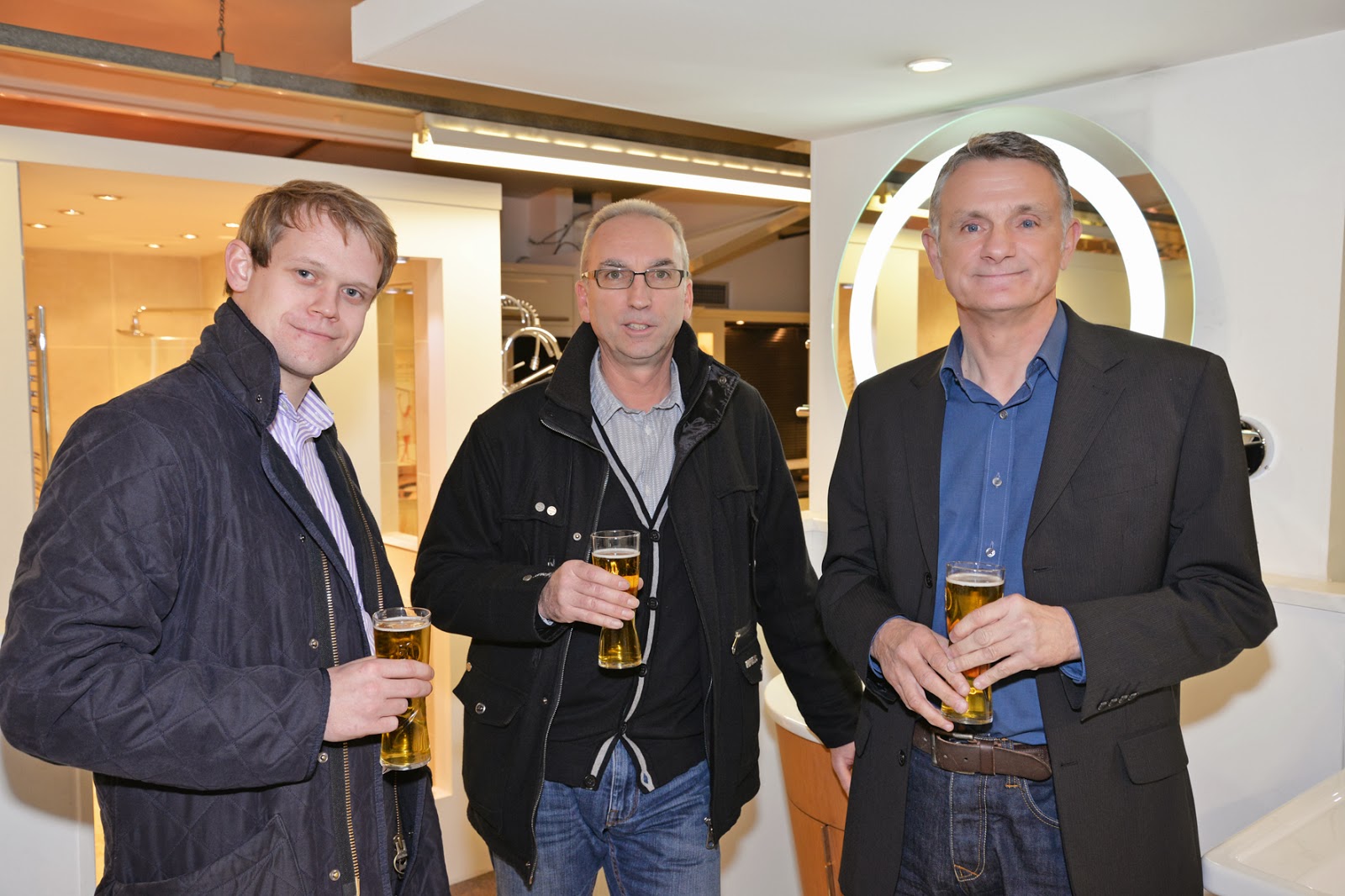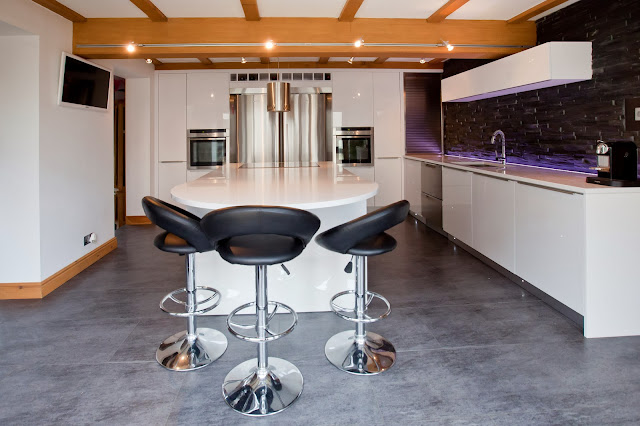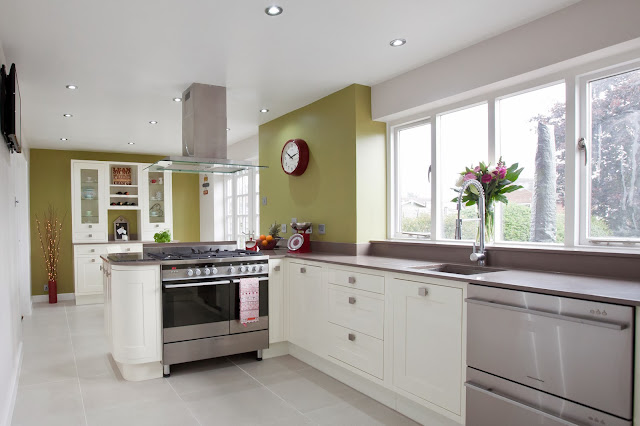Less is More
A triathlon enthusiast, designer Lisa Melvin is passionate about travelling and derives her design inspiration from different countries and cultures. Always on the lookout for new and exciting projects, she takes pride in seeing a project through from inception to completion. As director of Rugby (Warwickshire, UK) based Lisa Melvin Design, she specialises in kitchen, bathroom and other interior design elements.
In an exclusive tete-a-tete with Kitchen Review, Melvin avers that no home, room or client is the same, so no project is the same. As a self taught designer, she believes that it is important to pay heed to the client’s lifestyle and property style.
————–
Gyanendra Kumar Kashyap
Gyanendra Kumar Kashyap
 For how long have you been in this profession? Was it a deliberate choice that you made or was it accidental?
For how long have you been in this profession? Was it a deliberate choice that you made or was it accidental?I have been designing kitchens for the past fifteen years. My family’s business portfolio headed by my father includes a construction company, builders’ merchants and property development company; from an early age I spent a lot of time with my father at work and it was a natural progression for me to enter into the family business. It was in 1999 that the Gallery Kitchen and Bathroom showroom was born, based at our headquarters in Rugby, Warwickshire, UK.
I have always been very passionate about architecture and interior design as well as the construction industry as a whole. Till a decade ago London was generally the hub of all design including furniture and products for the kitchen and bathroom industry. My vision was to create a niche market in the Midlands by bringing product and design, usually found only in the bigger cities, to Rugby and the surrounding areas.
Where did you get your training from? Who do you see as your role model?
I am a self-taught designer and have gained my experience over the years. I have a good understanding of the construction industry and the related trades, besides having a clear understanding of design, aesthetics and logistics. I have been greatly inspired by Johnny Grey.
The UK KBB industry, up to this year, has had no specific qualification with respect to kitchen and bathroom design. Of late Johnny Grey and Renne Mascari, both well known industry figureheads in the UK, have been very passionate about putting together a qualification and standard for kitchen designers. They have introduced a degree course on kitchen design.
Johnny Grey and Mal Corboy (of Australia) are role models to me. Both of them think big and different. They are amazing personalities in the field of design, and have a wealth of knowledge on ergonomics, lighting and materials. Grey is into ergonomic design and is of the view that it’s not only the look of the kitchen that’s important but more so how it works. He is now coming up with Grey Matrix that focuses on how kitchens should be designed for the older generation. On a personal front, I want my designs to be, above all else, functional with a real wow factor.
You specialise in kitchen, bathroom and interior design elements; how do you maintain a balance among the three?
Architectural design is evolving rapidly in the UK with the advent of new technologies, construction design and methods of heating our homes. Spaces are becoming open plan with fabulous bi-fold doors spanning the length of the house, bringing the outdoors inside. It is crucial for today’s designers to have a good understanding of all three elements that will allow them to create an optimum living space for their clients.
What according to you are the important parameters that must be kept in mind when designing a kitchen?
First and foremost, it is important to understand and know what is the clients’ vision for the kitchen – is it a long term investment or are they looking to sell their home in the next one-two years; their family size, and who uses the kitchen and how often. A kitchen is an investment, a big decision.
How do you manage to live up to your clients’ expectations?
To begin with, we have a broad discussion with clients – about their lifestyle, their family size, what their dream is, what they want to achieve.
A kitchen’s design largely depends on the clientele, for a commercial developer it is different as compared to for an individual project. It is important to keep in mind what the clients bring to the table – be it finance and design constraints, or their ideas that they would like us to incorporate in practical terms. I like that challenge.
Having said that, property developers require a design and colour scheme that is neutral and visually pleasing to a mass market with a wow factor, all within budget constraints outlined at the start. An individual client will have their own vision and possibly want the design of their new kitchen to reflect their personalities and lifestyle, especially if it is a long term investment.
Every project is a fantastic challenge. It is important to make clients feel they can express their likes and dislikes about the design presented to them. This will enable the designer to reassure and iron out any of their concerns. One must pay heed to these, it helps to develop oneself as a better designer.
Over the course of a project, clients can often become good friends. Just like in friendship, initially you ought to have a connection with your clients to be able to work with them in harmony. It is not always possible to achieve this connection, but usually a potential client has had the opportunity to view your portfolio, and can see your style and signature design before their initial consultation.
You like to know the lifestyle of your client before designing a kitchen for them; what is the underlying objective and how does this help you?
If I have a client say whose home is in the countryside with rolling fields surrounding them and lots of pet animals that run free around the home, over perhaps an apartment in a skyscraper in a city, I need to look at their lifestyle and tailor their requirements. I can tailor the design and the materials used to allow for a functional and practical kitchen in both cases. In reality, where the clients live and how they live is to be understood before commencing with the actual design.
Q: What would you recommend in a kitchen for:
- A nuclear family of 4 living in an apartment
Depending on the size of the apartment, I will assume it is compact, I would look to design a sleek functional space to incorporate plenty of storage, great preparation space and very good lighting would be key.
- A family with grandparents, parents and kids, living in a house
Once again depending on the size, I will assume a large living space is available, I would design a zoned space to allow for social interaction, while keeping the chef for the day or evening free from people getting under their feet, plenty of storage and oodles of preparation and serving space. I would take into consideration the size of the appliance also to make sure cooking for numbers was accommodated, and once again task and mood lighting would be key.
What is your design philosophy?
I like to be proactive and not reactive. I like to come up with new designs and different visions as much as possible. I should be able to translate my client’s dream into reality in practical terms. I believe every project needs to be treated as special and different, not similar. I am continuously learning from peers and my own research.
My purpose is to find out what is the exact space that the family actually needs for the kitchen, and design keeping in mind the ergonomics. Less is more for me. At times clients don’t need gigantic refrigeration space or oven capacities. Different clients would need different designs, and for me the job is to design it so that there is more to offer in less space.
While lighting and workspace are important, I like the island and bank of unit concept and incorporate the style in many of my designs, as I believe it is the optimum kitchen layout. As for the older generation, my idea is that kitchens should be fully accessible, appliances should be designed at the correct heights, handles, tap levers, knobs on appliances, even the colour scheme, should all be taken into consideration. A kitchen that is super easy to maintain and clean is crucial. The use of LED lamps for task and mood lighting is just one example.
It is important to cater to a client’s vision and not go on a tangent and design what you think is right. I am here not to sell a unit but to translate my client’s dream into reality.
What are the latest design trends in the UK?
Kitchens along with general living spaces have evolved hugely. Kitchens in UK have historically been compact. However, in the last 10 years with the advancement of technology and heating, demand for large living style kitchens is high. Whether it be a new build, extension or simply dividing walls removed, the kitchen has become the hub of the home, anything from 6 to 10 meters wide, and is not only a preparatory area but a living space too. Lighting and finishing of kitchens have become important concerns.
There is a lot of talent in the UK in terms of kitchen designers; we have a fantastic mix of traditional as well as modern contemporary designers. We are all experimenting with different materials, lighting, colors and styles; the European market has a huge influence. 2014 will see glass incorporated within a whole spectrum of different applications from kitchen doors to showers and taps. Glass is a truly beautiful material in its own right and is environmentally friendly, durable and hygienic qualities make it a stand out product for 2014. This year we launched Kioo, a brand new UK manufactured glass fronted kitchen by LJ Design House. It was an international design award finalist in 2013.
How is technology impacting kitchen design and how do you see the role of technology going forward?
Technology is a great enabler. Going forward, we’ll get to see the concept kitchens of the future devised some ten years ago become reality – interactive work stations that’ll control ovens, air extraction lights and other appliances with a voice control or thought from the brain.
How do you find a middle ground when faced with a conflicting situation involving an architect?
Very often we need to work in tandem with architects. It is in our interest to acknowledge the fact that together we work for the same client and goal, so it is important not to let conflicts take over our objective of getting the optimum result. We work together. It is equally important to engage with them early on in a project.
Tell us about a challenging project that you are presently working on?
I am working on an exciting project with a local property developer on an eco-home complex. Herein insulation, air tightness, solar design and mechanical ventilation heat recovery systems and the reduced use of chemicals all need to be taken into consideration when designing the kitchens and bathrooms. For example, to avoid an unnecessary hole in the exterior of the house, and to allow the mechanical ventilation recovery system to work efficiently, a cooker hood must be re-circulated, not ducted.
Do you endorse brands and suggest them to your clients?
I work closely with a core number of manufacturers. I am present on their retail panels, which is a fantastic way to give important feedback to them efficiently and with speed. I use social media to endorse and promote these brands that include Hansgrohe, Neff, Fisher & Paykel, Bisazza, Geberit and Duravit.
Besides taking projects in UK, do you also provide services to clients abroad?
I am working on a project for a client based in Spain who has recently purchased a high-end property, and is looking to reconfigure the house to suit the rental market, including revamping the kitchen and adding additional ensuites. Going forward, I would love to work on projects in different parts of the world; that is my goal.
How rewarding do you find your profession?
It’s extremely rewarding. You not only get to realise your own dream, but your clients’ too. You are creating the heart of the home, a space that they can be proud of, can show off to their friends and family, a space that they can enjoy, relax and admire.
What are your long term goals and how do you intend to realise them?
I have recently launched The Designer Knowledge (www.thedesignerknowledge.co.uk), an online resource guide for architects, architectural technicians and interior designers. It currently features all elements required to create a perfect bathroom, I am looking to extend this to all interior elements of the home to include the kitchen. I have the second edition of our in-house design publication Revealed Design Home Interiors (www.kbrevealed.com) 2014 out now. I would love to get involved in the hotel industry designing bespoke boutique bathrooms, and also get the opportunity to design both kitchens and bathrooms for clients in various locations globally.

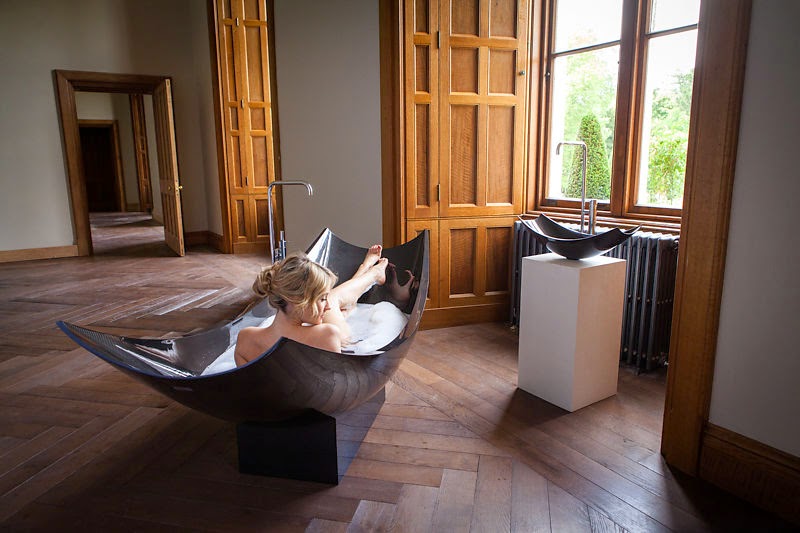

.jpg)








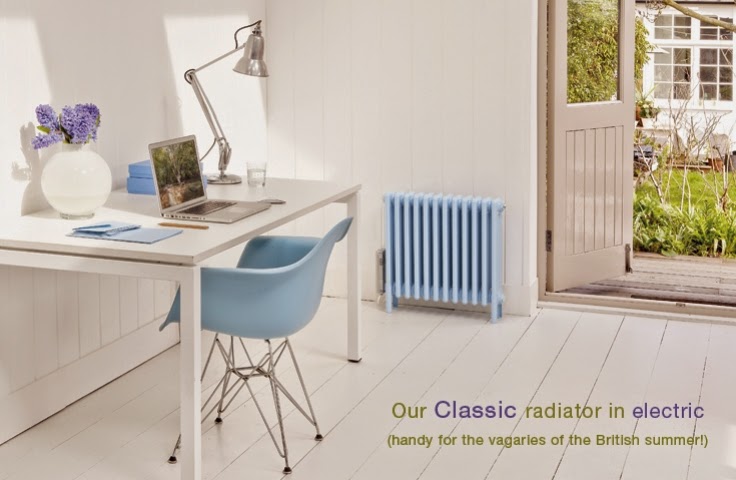







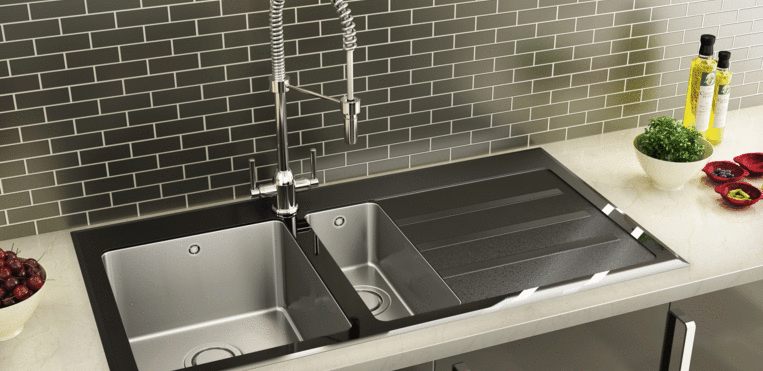


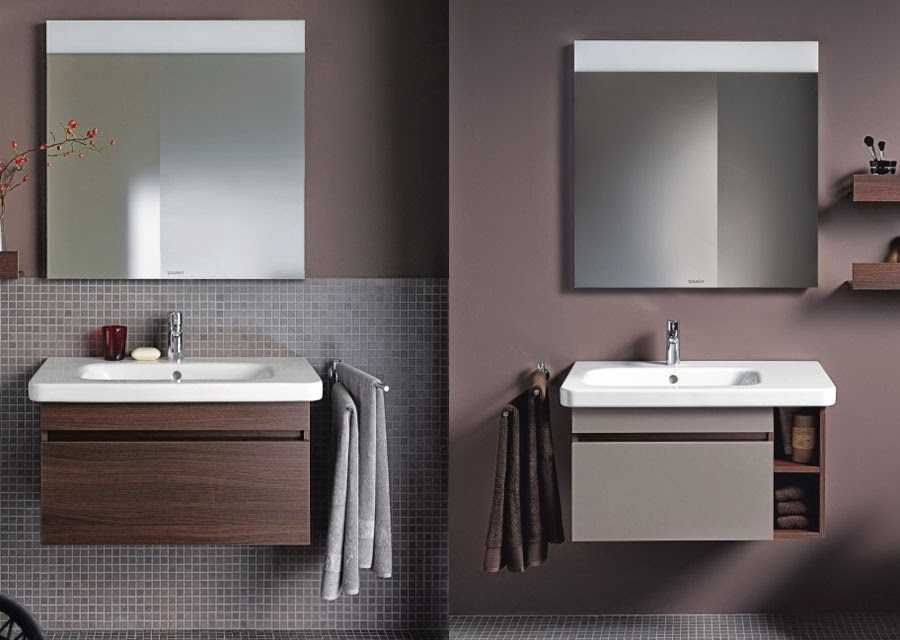


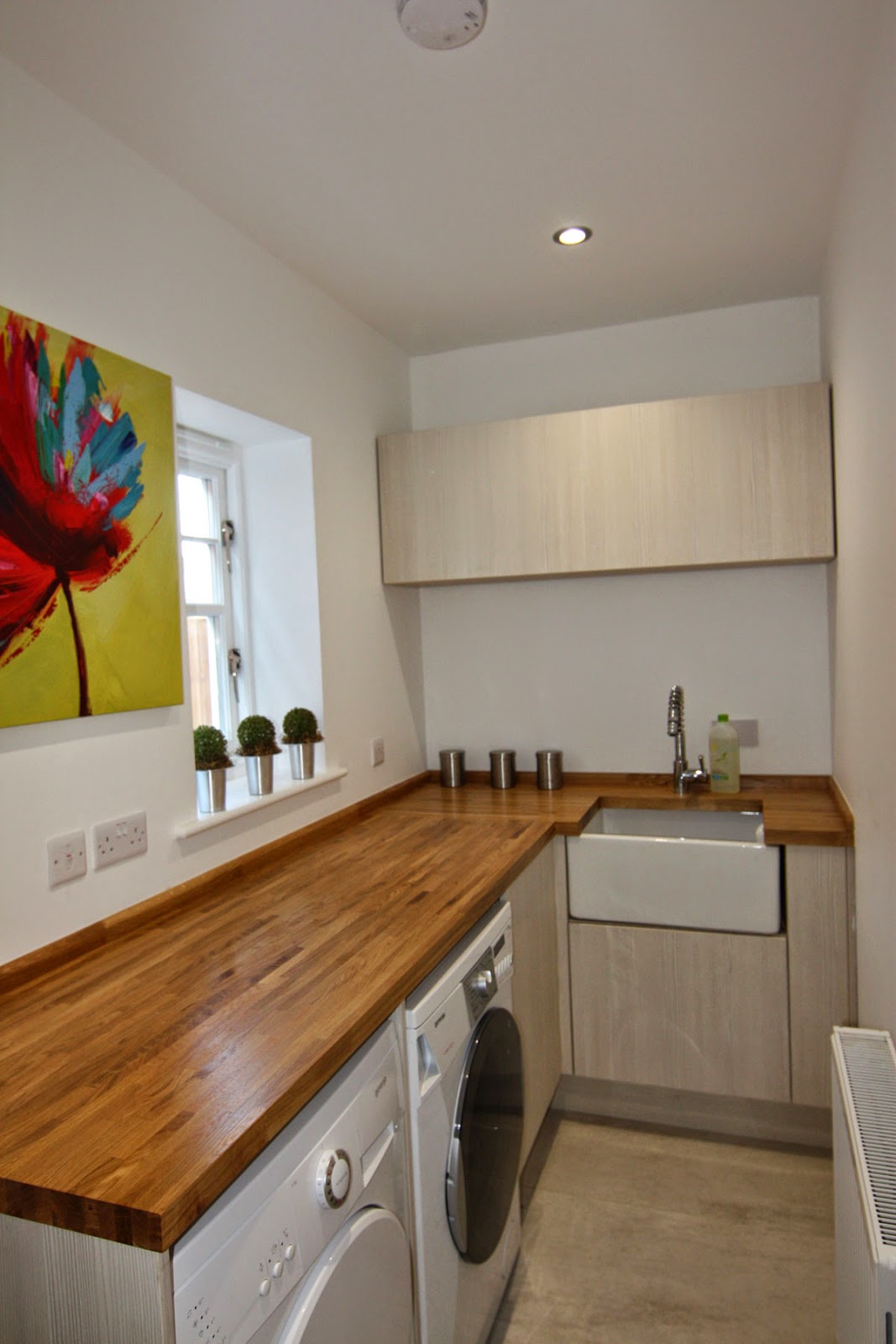
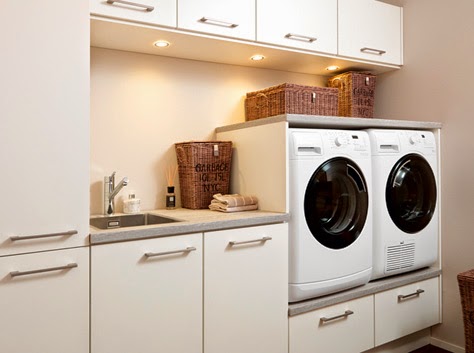


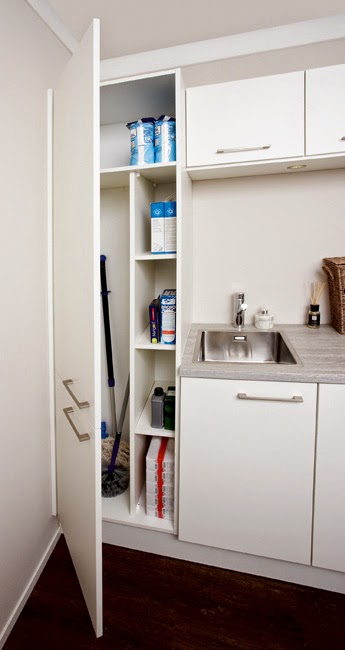











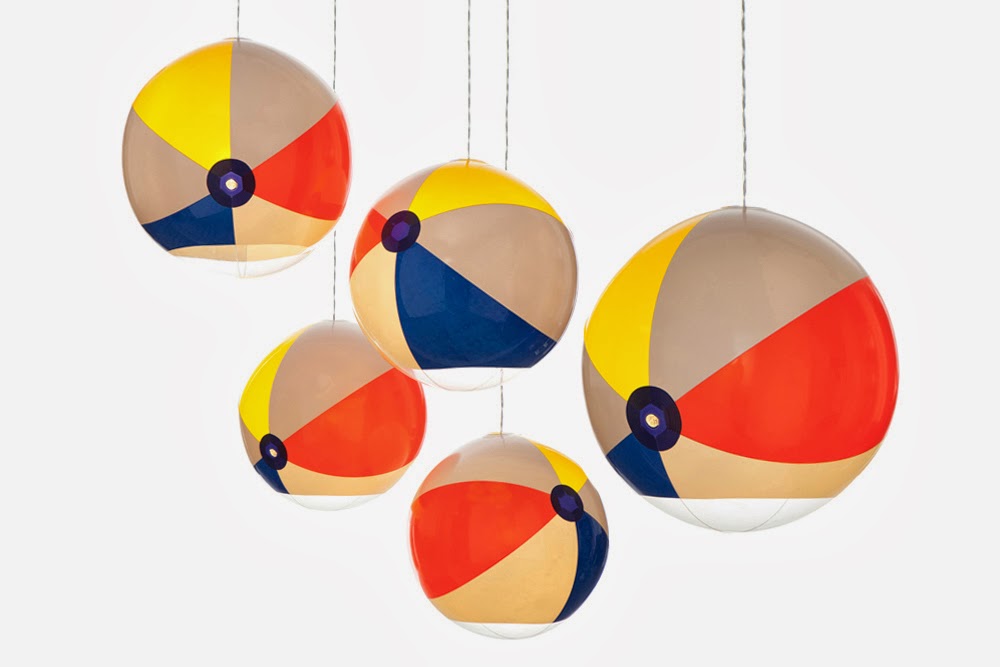






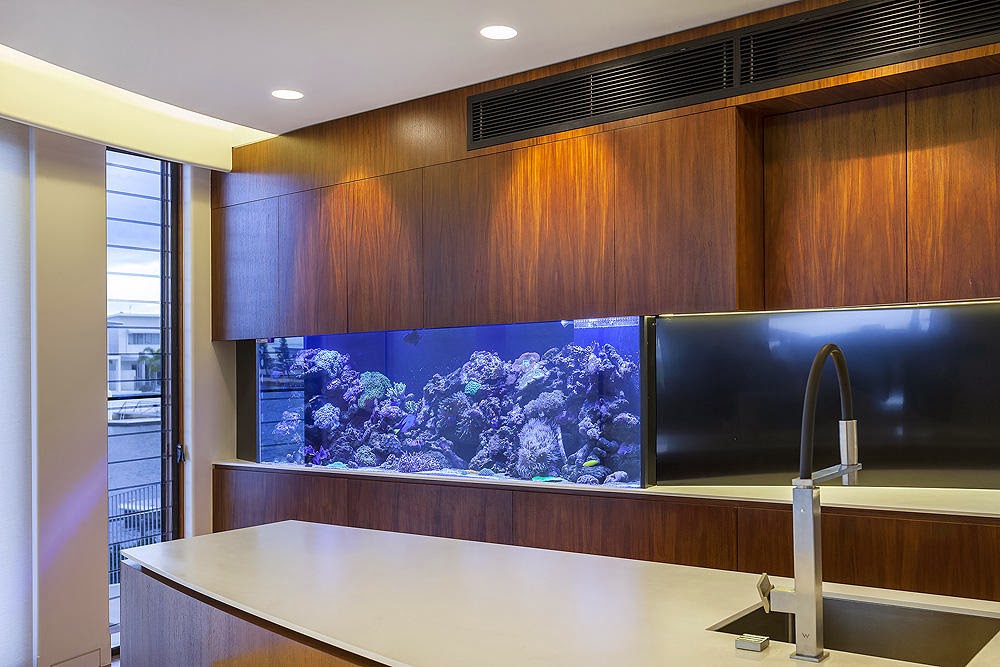

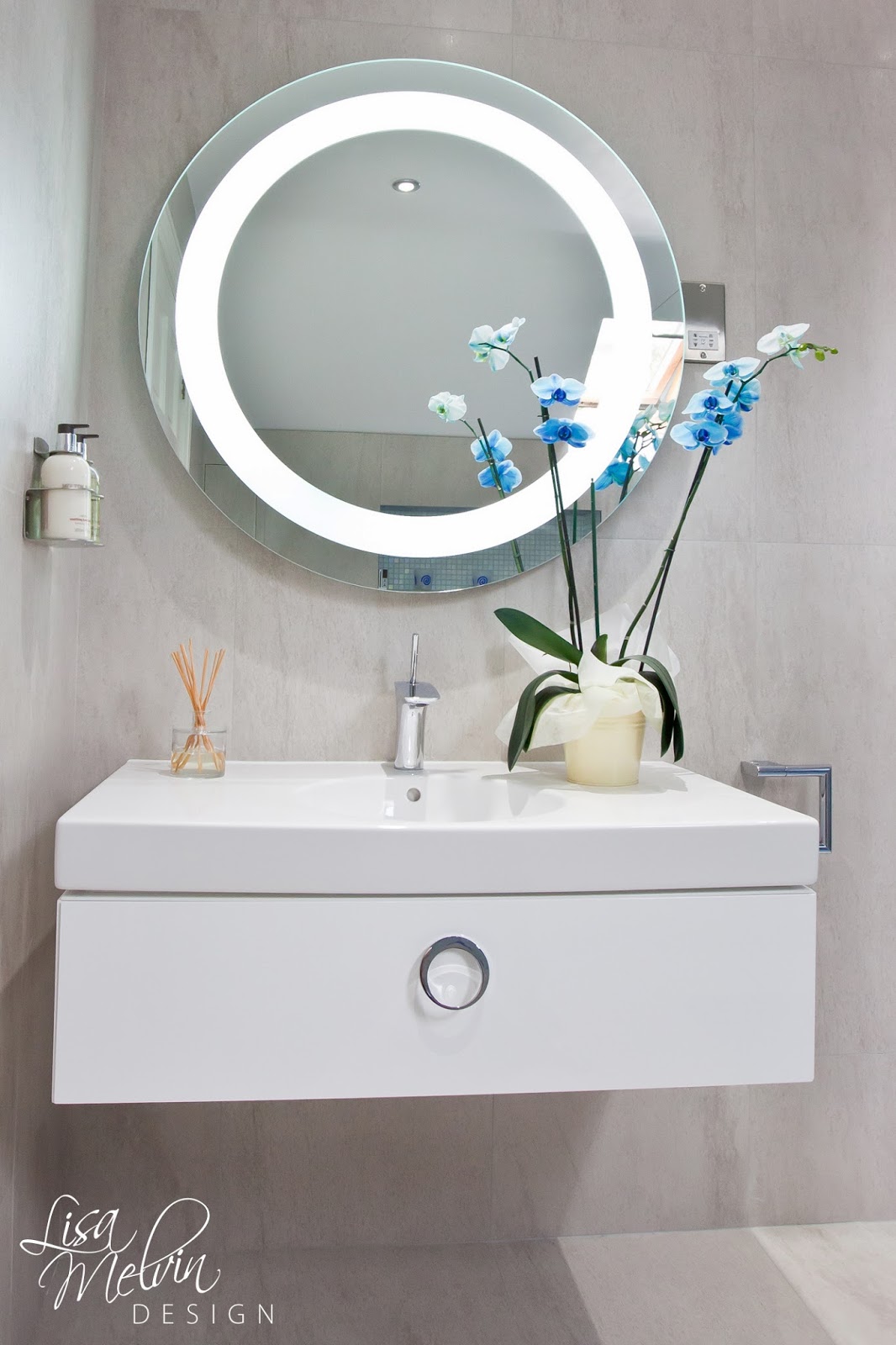







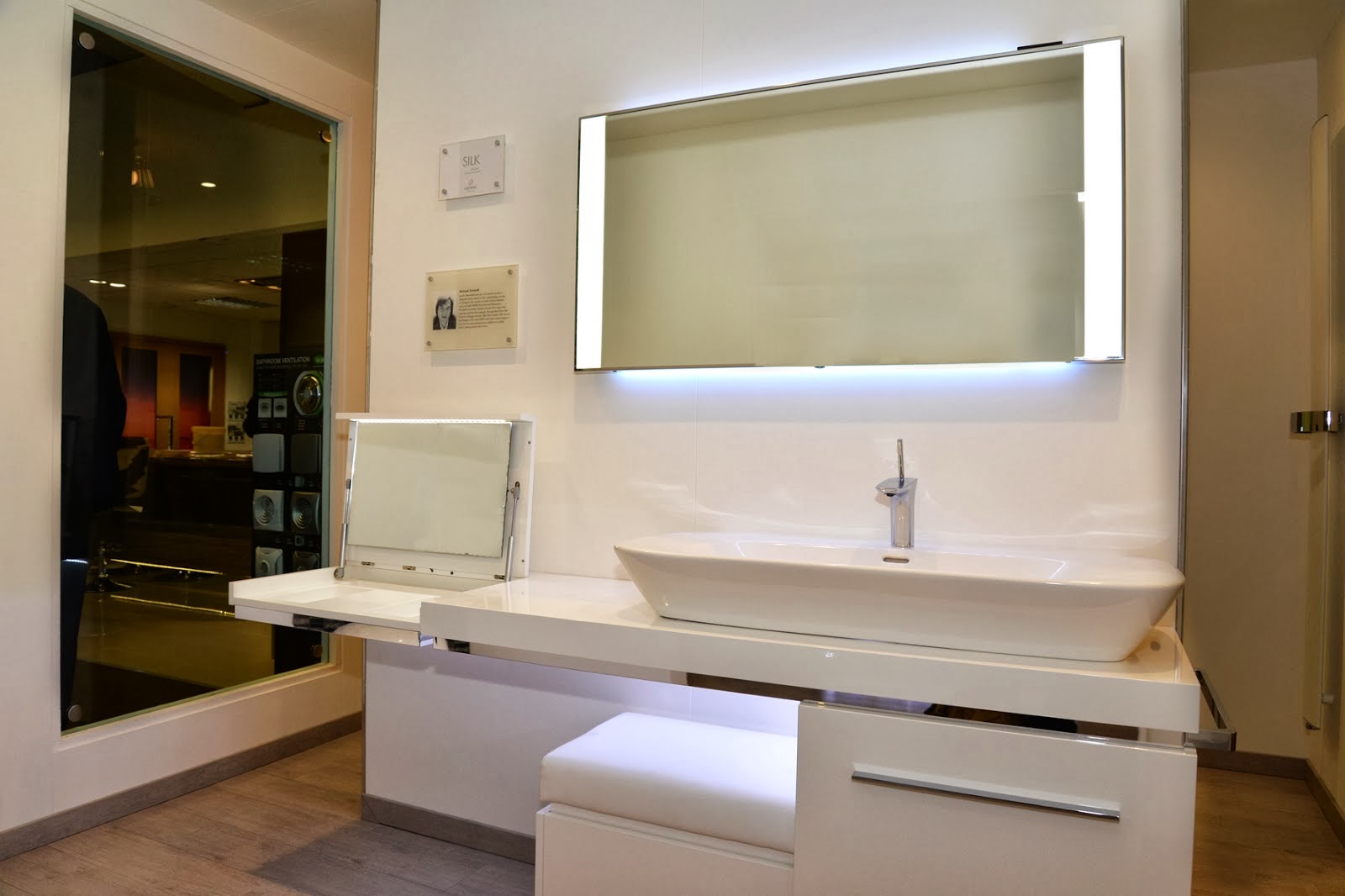






 The Geberit DuoFresh system is comprised of a specially adapted Geberit Duofix frame for wallhung WC, H112, with Sigma cistern and Geberit Sigma40 flush plate with fitted filter.
The Geberit DuoFresh system is comprised of a specially adapted Geberit Duofix frame for wallhung WC, H112, with Sigma cistern and Geberit Sigma40 flush plate with fitted filter.




